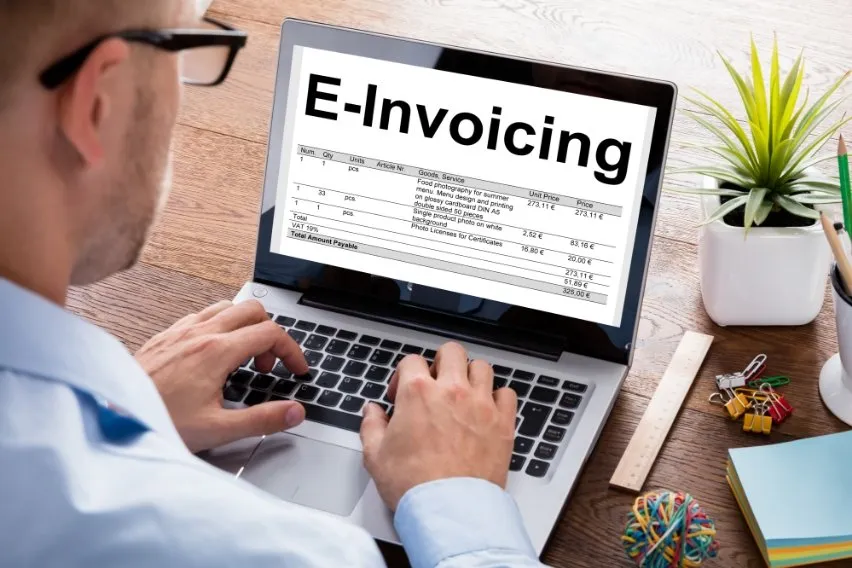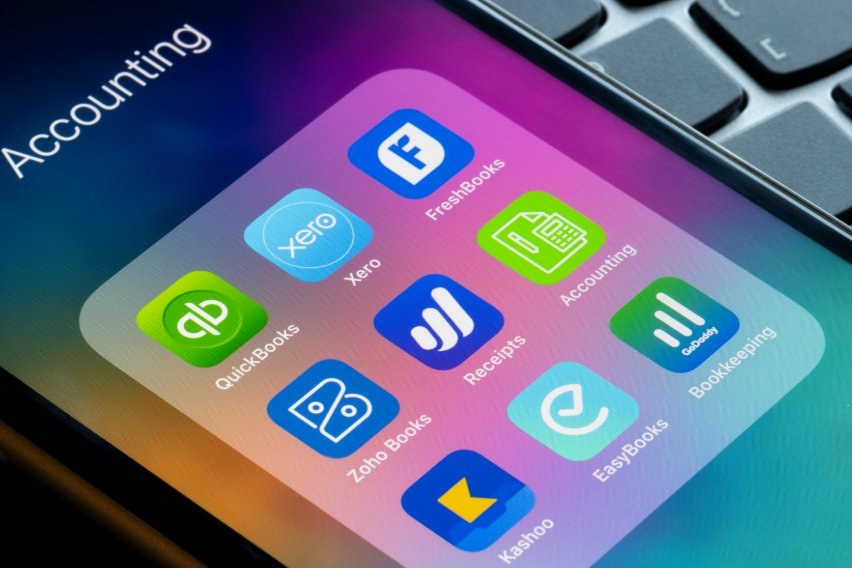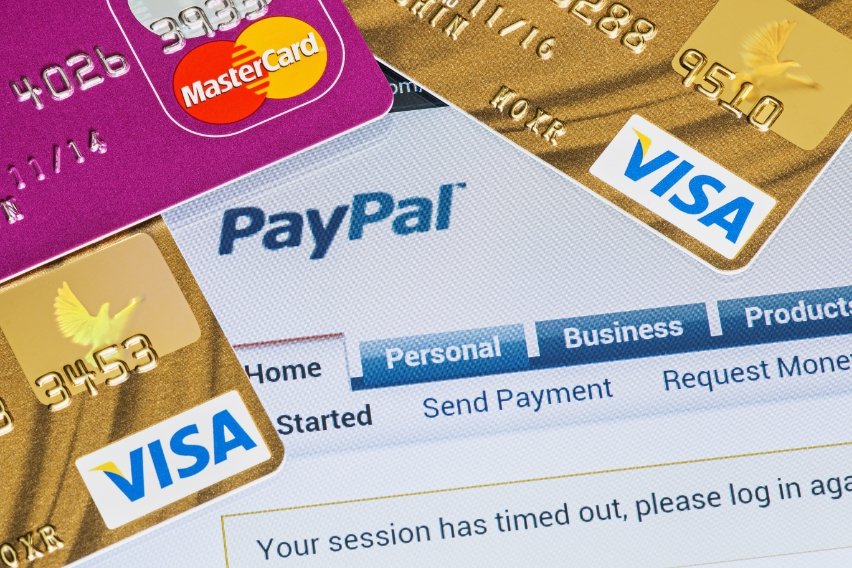What is E-Invoicing? Process, Uses & Benefits

In the age of digitisation, streamlining your processes is vital.
Automated and digitised invoicing is an essential way to receive a wide range of benefits for your business. You can cut costs by up to 80% when moving from paper invoices to electronic invoicing. Additionally, you can minimise errors and save money on staffing, time, and raw materials.
But what exactly is e-invoicing? And how does it work?
Read on to learn more about everything to do with e-invoicing, what its uses are, and what benefits you can expect.
Table of Contents
What Is E-invoicing?
Electronic invoicing (e-invoicing) is the electronic exchange of an invoice document. This takes place between buyer and supplier. In the past, invoicing has involved a lot of manual labour and is vulnerable to human error. This can increase costs and lengthen processing times for businesses.
E-invoicing makes use of a variety of tech and entry methods. It is often used as a catch-all word to denote any approach to presenting an electronic invoice to a client for payment.
E-invoicing is not a brand-new concept. Electronic data interchange (EDI) and XML formats have been in use for electronic invoices for 30 years. Recently, the government has been the primary force driving the adoption of e-invoicing.
The pandemic served as the driving force for some procurement firms to adopt touch-free technologies. E-invoicing is a good example of these technologies.
How Does E-invoicing Work?
An electronic invoice is one that you create, transfer, and receive digitally. The legitimacy and content of an electronic invoice are the same as those of a paper invoice. You may use different data formats to represent and transfer an electronic invoice.
Recipients must enter invoices digitally into the company’s system before processing payments. Invoices are still printed on paper, placed in envelopes, franked, and despatched with hefty postage. This manual process is expensive in terms of both labour and time.
The best way to differentiate what e-invoicing is to follow these rules.
E-invoicing is:
- Electronic Data Interchange (EDI) or XML-formatted structured invoice data
- Structured invoice data supplied through common online forms on the internet
E-invoicing is not:
- Unstructured bill data in Word or PDF formats
- Paper bills sent with fax machines
- Paper invoices that you scan
Uses of E-invoicing
Using e-invoicing allows companies to receive invoices from many vendors. This can include formats like image-based invoices.
You can use one platform for managing all info and tasks related to accounts payable. There is no content duplication when business users effortlessly access, sync, and aggregate data. This is across numerous systems and devices.
E-invoicing is crucial for helping businesses streamline their invoice processing cycles. It helps businesses lower the amount of time spent on processing, approving, tracking, and chasing down invoices. E-invoicing leads to a faster turnaround and less human error.
Helping the team leave behind tasks that are often repetitive and time-consuming by nature makes room for strategic tasks. These can be tasks that actually add value to the business. Efficiencies can then result in greater savings for the organisation. Especially when it comes to the utilisation of resources.
Benefits of E-invoicing
By doing away with paper invoices and manual processing, you can save a lot of money and time. The advantages lie in the level of connection you can establish. You’ll make these connections between your invoicing software and other business systems. It will also help with connecting to trading partners.
Incorporating e-invoices into the AP automation solution further promotes touchless invoice processing. This is especially true for accounts payable. This helps free up time and resources for more important and value-adding duties.
The cost savings for businesses are unquestionably the biggest benefit of digitising invoicing. Invoicing by hand is difficult, expensive, and time-consuming. Companies can save up to 80% by switching from paper invoices to electronic invoicing.
You save money on supplies, printing, and shipping by using a digital outbound invoice. Additionally, you can make personnel capacity savings. You’ll deliver invoices faster, and you can reduce manual sources of error. You’ll also make payments faster using e-invoicing, thus increasing liquidity.
A good initial step in your company’s digital transformation path can be starting to send and receive e-invoices. This can also be a crucial step in ensuring that your business processes are effective and scalable to accommodate future growth.
Key Takeaways
Electronic invoicing is the exchange of an integrated invoice document. The process occurs between two separate parties. Any invoice that one prepares, sends, or receives digitally is an electronic invoice.
E-invoicing is essential for helping businesses shorten their time spent on manual operations. It also helps businesses streamline their invoice processing cycles. All in all, it reduces costs and issues associated with human error.
E-invoicing is one of the most important strategic initiatives businesses are taking. Why? Because it helps digitise processing. Utilising a service like FreshBooks for your e-invoicing needs might be quite advantageous. Especially because governments all over the world are trying to create frameworks to permit e-invoicing.
RELATED ARTICLES



 10 Best Invoicing Software for Small Businesses
10 Best Invoicing Software for Small Businesses How to Write a Business Proposal (10 Easy Steps)
How to Write a Business Proposal (10 Easy Steps) 5 Best Small Business Accounting Software
5 Best Small Business Accounting Software 8 Online Payment Methods in South Africa
8 Online Payment Methods in South Africa What Is Budgeting? Importance, Types, Pros & Cons
What Is Budgeting? Importance, Types, Pros & Cons